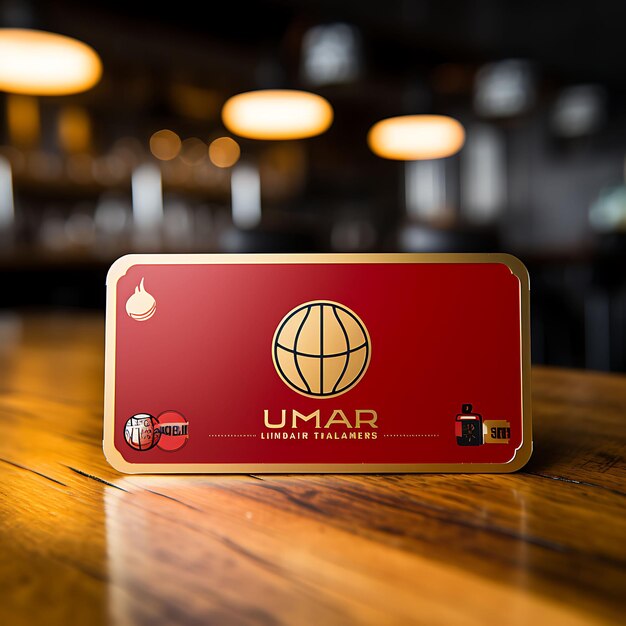
Packaging design plays a crucial role in capturing the attention of consumers and differentiating your brand in a crowded market. While the overall design and aesthetics are important, the small details can make a big difference in the durability and quality of your packaging. One such detail is the choice between glossy and matte lamination, which not only enhances the appearance of your packaging but also protects it from scratches and wear. In this article, we will explore the characteristics, benefits, and drawbacks of glossy and matte lamination to help you make an informed decision for your packaging needs.
Understanding Matte Lamination
Matte lamination is a finish that gives your packaging a silky smooth and non-reflective appearance, often referred to as a soft touch. It provides a subtle and understated look while offering protection against wear and tear. Think of it as the velvet of packaging materials.
The Benefits of Matte Lamination
Matte lamination offers several advantages that make it a popular choice for certain packaging designs. Firstly, it reduces glare from reflections, ensuring that your packaging design remains visible and protected from any angle. This is particularly beneficial when your product is displayed under bright lights or in environments with high levels of ambient light.
Additionally, the non-reflective finish of matte lamination adds a touch of sophistication and class to your packaging. It gives your product a high-end look, making it stand out on store shelves. Moreover, matte lamination has the ability to hide minor imperfections in the packaging material, which can be advantageous for materials made from recycled packaging or for custom boxes that may undergo rough handling.
Another appealing aspect of matte lamination is its tactile feel. The smooth texture invites consumers to touch and hold the packaging, enhancing their overall experience with your product. This can be particularly effective for products that aim to convey a natural or organic image, such as food and beverage packaging.
The Drawbacks of Matte Lamination
While matte lamination offers many benefits, it’s important to consider its drawbacks as well. One disadvantage is that it can dull colors and reduce the vibrancy of images on the packaging. If your product relies heavily on vibrant colors or eye-catching graphics, matte lamination may not be the ideal choice.
Additionally, matte lamination is not as durable as its glossy counterpart. It is more prone to scratching and may show signs of wear and tear over time. Therefore, it may not be suitable for packaging that will undergo rough handling or require long-term protection.
Overall, matte lamination is best suited for packaging designs that require a sophisticated and understated look. It is commonly used for high-end or luxury products like cosmetics, jewelry, and electronics. Additionally, it is a great choice for products that aim to convey a natural or organic image, such as food and beverage packaging.
Exploring Glossy Lamination
In contrast to matte lamination, glossy lamination offers a lustrous and high-impact finish. It adds a touch of glamour and vibrancy to your packaging while providing a durable and protective layer.
The Advantages of Glossy Lamination
One of the primary advantages of glossy lamination is its ability to enhance color vibrancy and image quality on packaging materials. The glossy finish makes colors appear brighter and more vivid, making your packaging visually appealing and attention-grabbing. This is particularly beneficial for brands that want to communicate a youthful and vibrant feel.
Moreover, glossy lamination provides superior protection against scuffs, scratches, and moisture. This makes it an ideal choice for packaging that requires long-lasting durability, such as luxury food packaging, cosmetics packaging, and game packaging.
The Drawbacks of Glossy Lamination
While glossy lamination offers numerous benefits, it also has its drawbacks. One major disadvantage is the potential for glare and reflection. The glossy surface can reflect direct lighting, making it difficult to read text or capture clear photographs of the packaging, especially under certain lighting conditions. If your product packaging includes a lot of text or intricate details, glossy lamination may not be the most suitable option.
Additionally, glossy lamination is more prone to showing fingerprints and smudges compared to matte lamination. This is an important consideration when designing your packaging, as lighter colors are more likely to showcase fingerprints and require frequent cleaning.
Choosing the Right Lamination for Your Packaging
Ultimately, the choice between glossy and matte lamination depends on the specific needs and goals of your packaging design. Both options have their unique set of advantages and disadvantages, and the decision should be based on a careful evaluation of your brand, product, and target audience.
It’s worth noting that you can also combine the benefits of both glossy and matte lamination to create a customized finish for your packaging. For example, you can utilize a gloss laminate over a matte laminate barcode to make scanning easier or allow users to write on it if needed. Similarly, adding a matte lamination over a label or sticker can provide a luxurious look and add an intricate feel to your packaging.
Despite the perception of matte lamination as a more subdued choice, it can be used creatively and effectively. By combining it with glossy lamination or using it in the right context, you can achieve a unique look and feel that stands out on store shelves.
To summarize the key differences between glossy and matte lamination, refer to the following table:
| Comparison Point | Matte Lamination | Glossy Lamination |
|---|---|---|
| Appearance | Lush, soft, low-key, higher perceived quality | Shiny, dynamic, high-impact, higher perceived quality |
| Protection | Scratches and scuffs are less visible on the film lamination | Resists fingerprints, dust, and dirt; grime and smudges can be wiped easily off a gloss laminate surface |
| Receptive to Ink | You can write over a matte laminate label or menu card | A glossy substrate is a difficult substrate to write over |
| Glare | Matte lamination doesn’t produce any glare | Glare from gloss lamination can be an issue in certain lighting conditions |
In conclusion, laminations and coatings are excellent ways to elevate the look and feel of your packaging. By carefully considering the pros and cons of glossy and matte lamination, along with your specific requirements, you can make an informed decision that results in packaging that not only looks great but also serves its intended purpose effectively. Choose the lamination that aligns with your brand identity, product image, and target market to create packaging that stands out from the competition.







